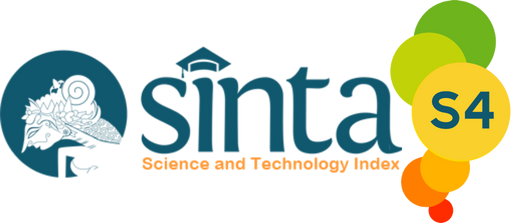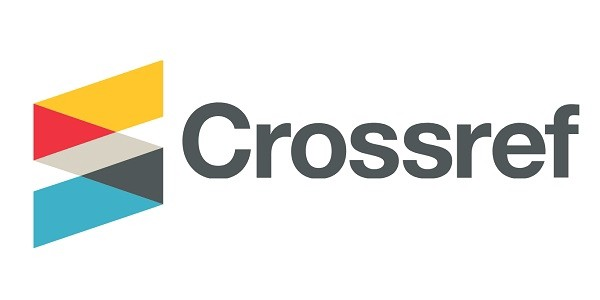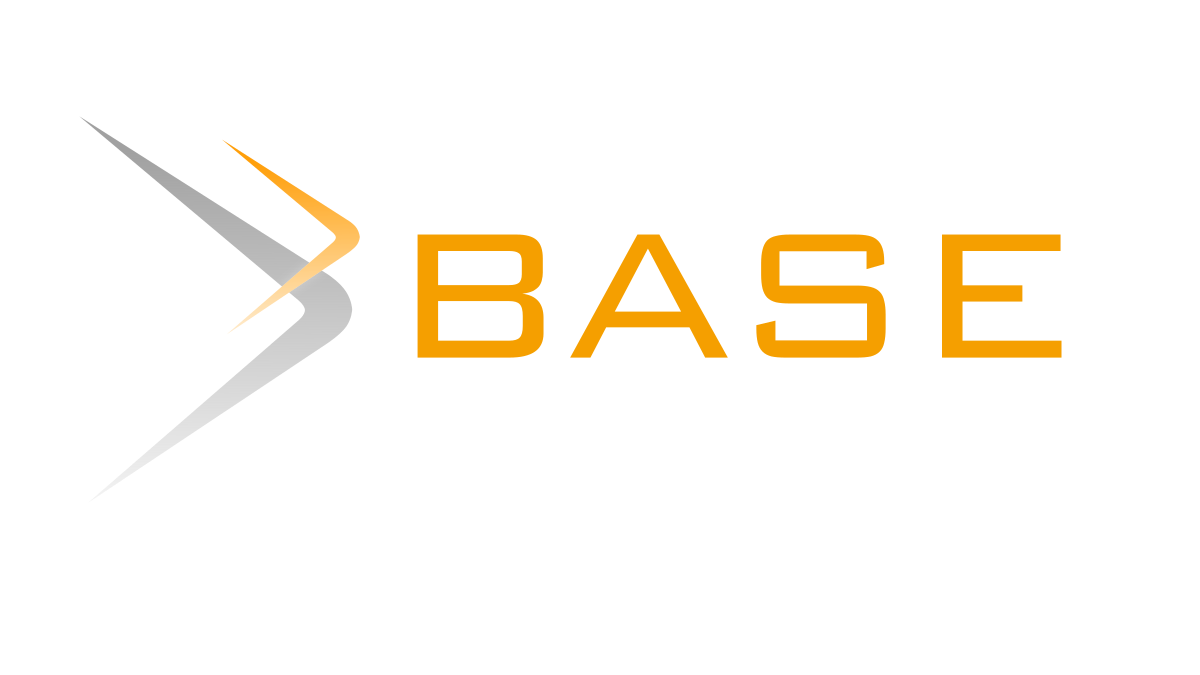Delineation and Evaluation of Land Use and Spatial Patterns on the Flood Plains in the City of Sungai Lilin
DOI:
https://doi.org/10.37253/jcep.v3i2.6353Abstract
Sungai Penuh City is one of the cities in Jambi province that suffers floods every year; floods of 1,651 hectares were recorded in 2017 and 872 hectares were recorded in 2018. The information provided on floodplain maps is one of the measures to reduce flood-related damages. Floodplain maps are also useful for spatial planners to determine suitable spatial patterns in floodplain areas, in addition to flood information. The objective of this study was to map the flood plains in Sungai Penuh City and evaluate the land use and spatial patterns of the flood plains. The delineation of the floodplain area using the HEC-RAS software with a 50-year return period (Q50) flood discharge, land use and spatial patterns using the Detailed Spatial Plan for Sungai Penuh City 2018. The results of the HEC-RAS analysis obtained a floodplain area of 1,869.52 Ha. The use of paddy fields is 1,282.26 hectares or 68.59% of the total floodplain area. 309.42 hectares of bushland. For the spatial pattern, 1,460.96 hectares of the total floodplain or 78.15% is a wetland agricultural zone, while the medium-density and high-density housing zones are 5.54% and 3.58%, respectively.



_0011.jpg)









